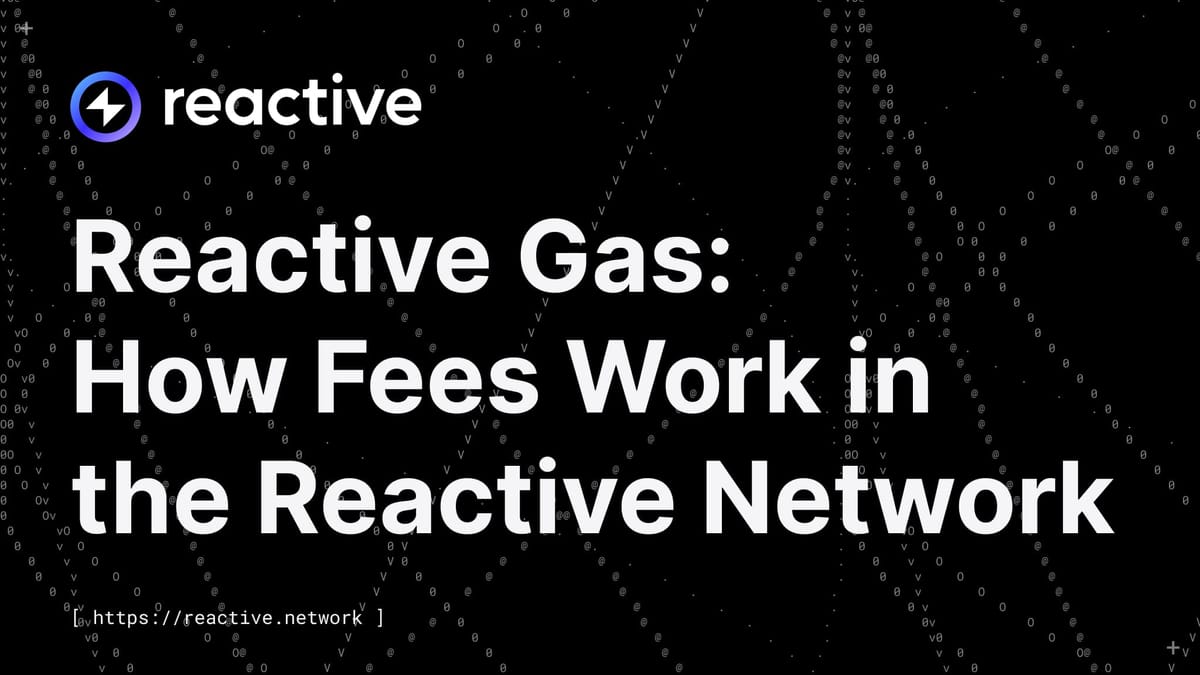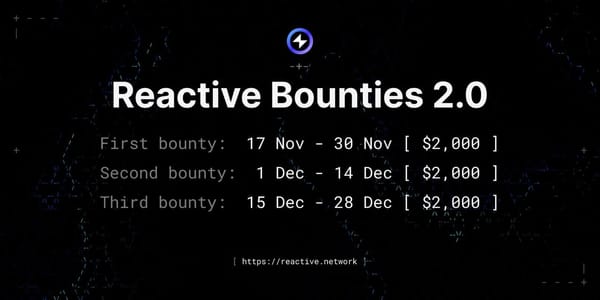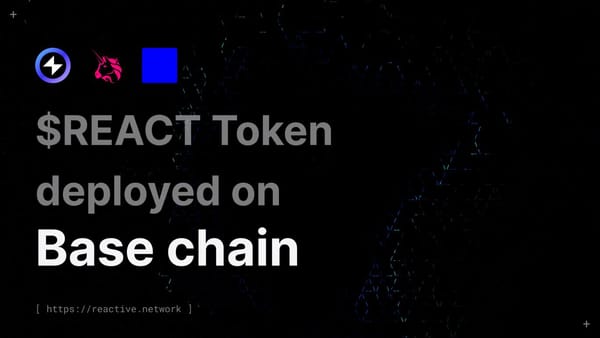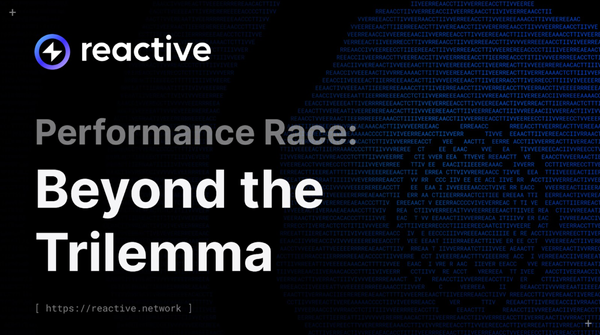Reactive Gas: How Fees Work in the Reactive Network
Reactive Network introduces a unique gas fee model where all transaction fees are fully burned, creating a deflationary mechanism that offsets inflation. By executing payments post-transaction and optimizing event filtering, the network ensures efficient and fair fee distribution.

The Reactive Network implements a unique fee structure. Traditional blockchain models typically distribute transaction fees to validators whereas Reactive fully burns them and pays in REACT. This deflationary mechanism helps offset inflation by reducing the total supply of REACT as network activity increases.
Each time an event occurs, it triggers the execution of a reactive contract, consuming gas based on the complexity of the operation. To optimize efficiency, events can be filtered with multiple parameters, ensuring execution only when necessary. Additionally, contract logic can validate complex conditions before proceeding.
RNK transactions operate the same way as standard EVM transactions. A distinctive aspect of RVM transactions is that they don’t have a predefined gas price. Instead, payments occur post-execution in a subsequent block. The actual fee is determined by the base fee of that later block and is not directly linked to individual transactions on Reactscan. The maximum gas limit for RVM transactions is 900,000 units.
The fee for RVM transactions follows this formula:
Fee = BaseFee ⋅ GasUsed
Where:
- BaseFee is the base fee per unit of gas in the block header, aligning with current network pricing.
- GasUsed is the actual gas consumed by the reactive transaction during execution.
Since accounting happens in block n+1 (or later) rather than the block where the RVM transaction occurs, tracing a specific transaction’s exact fee is not possible. This aggregated accounting approach helps maintain network efficiency while ensuring fair fee distribution based on usage.
About Reactive Network
The Reactive Network, pioneered by PARSIQ, ushers in a new wave of blockchain innovation through its Reactive Smart Contracts (RSCs). These advanced contracts can autonomously execute based on specific on-chain events, eliminating the need for off-chain computation and heralding a seamless cross-chain ecosystem vital for Web3’s growth.
Central to this breakthrough is the Inversion of Control (IoC) framework, which redefines smart contracts and decentralized applications (DApps) by imbuing them with unparalleled autonomy, efficiency, and interactivity. By marrying RSCs with IoC, Reactive Network is setting the stage for a transformative blockchain era, characterized by enhanced interoperability and the robust, user-friendly foundation Web3 demands.





